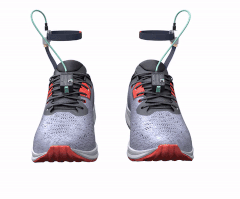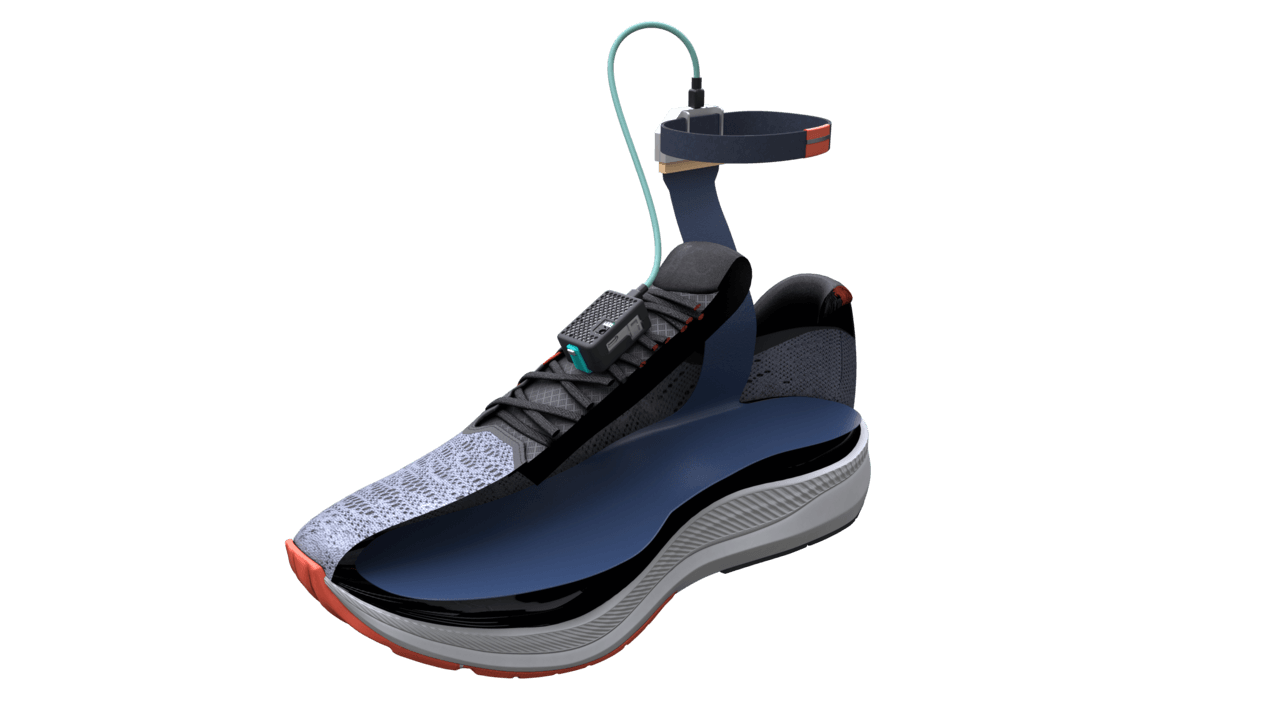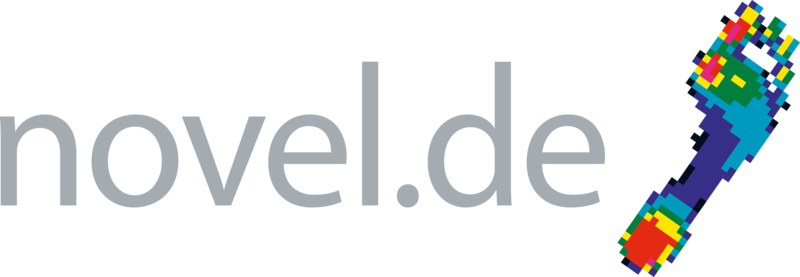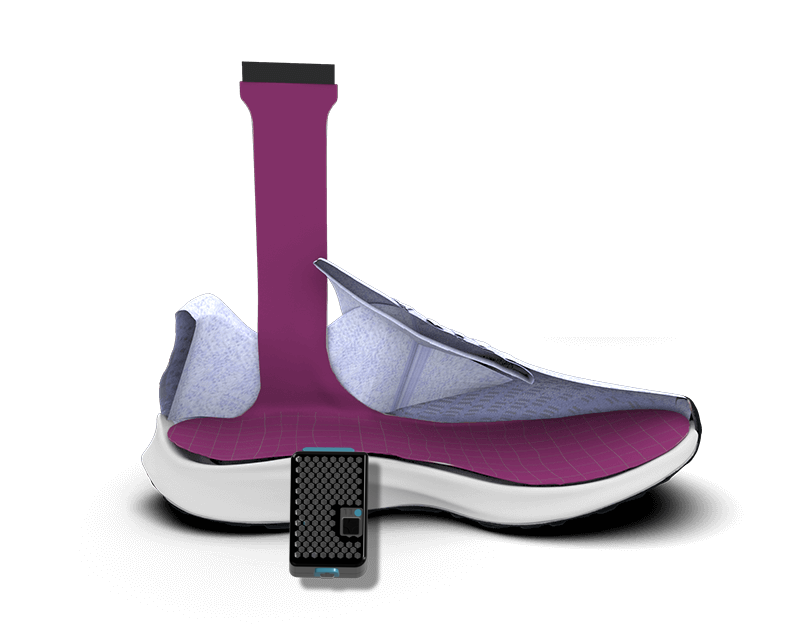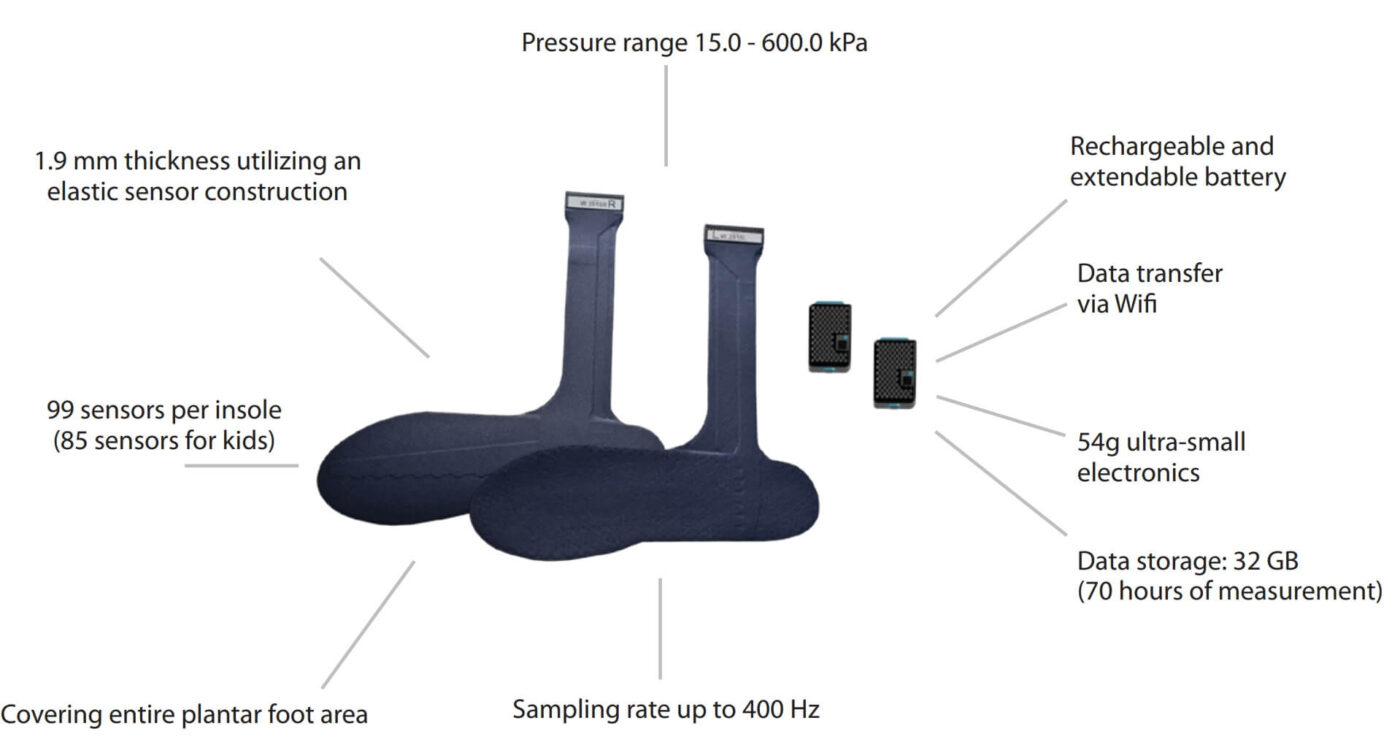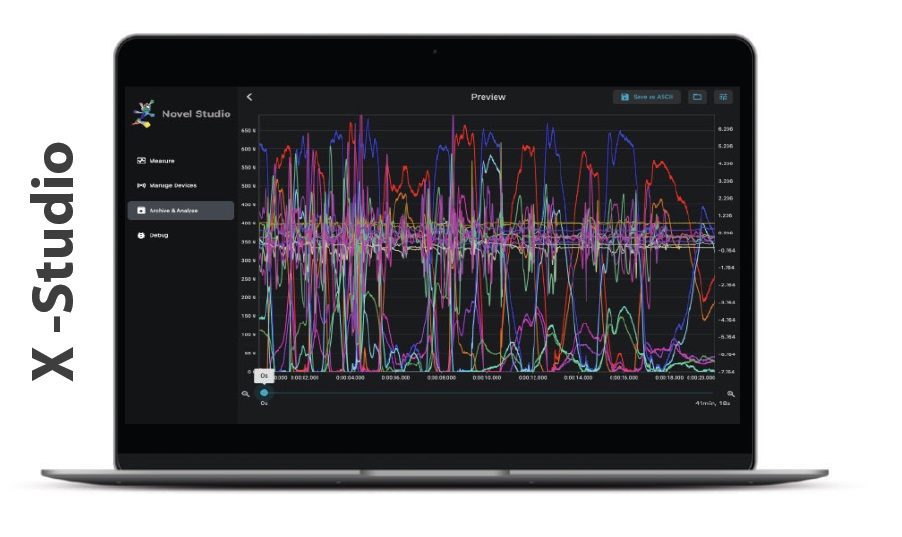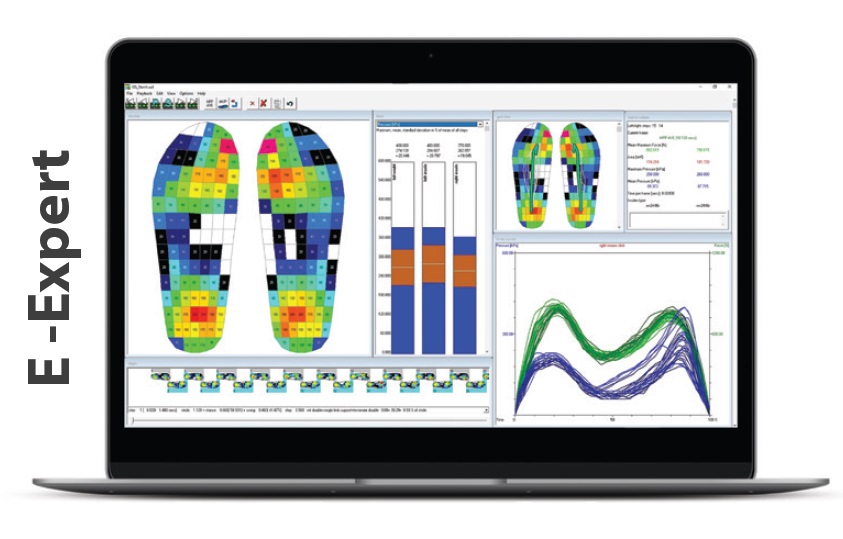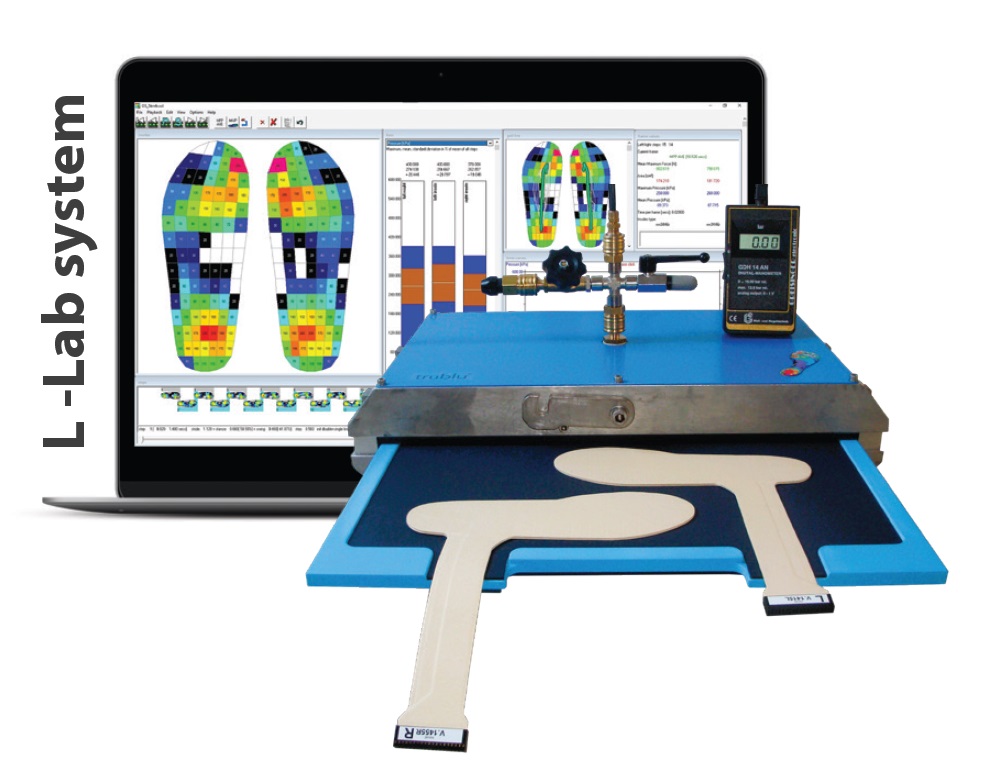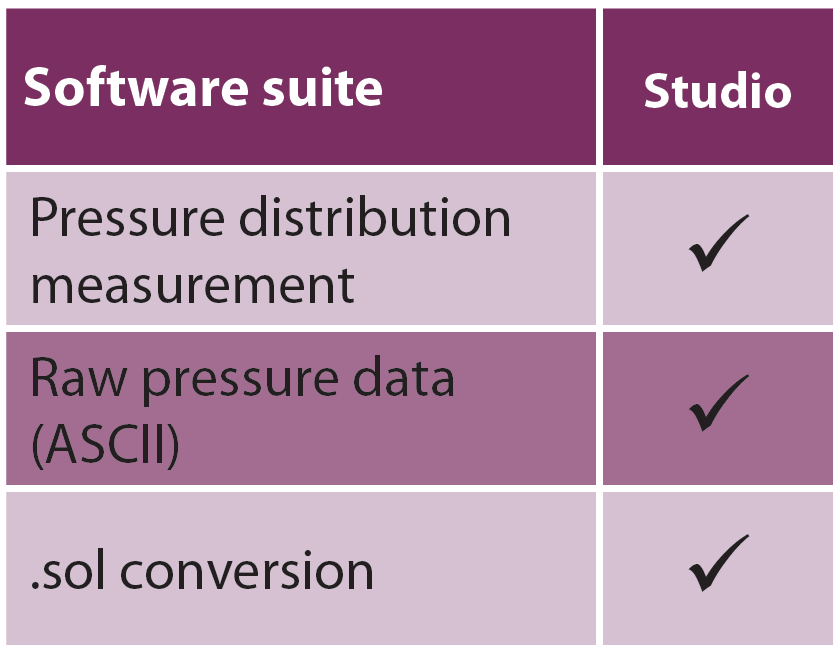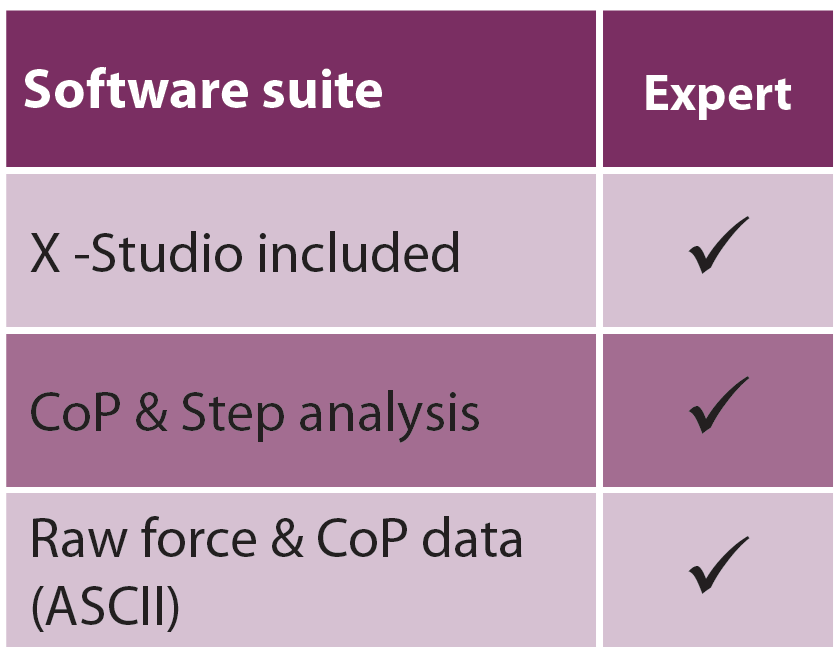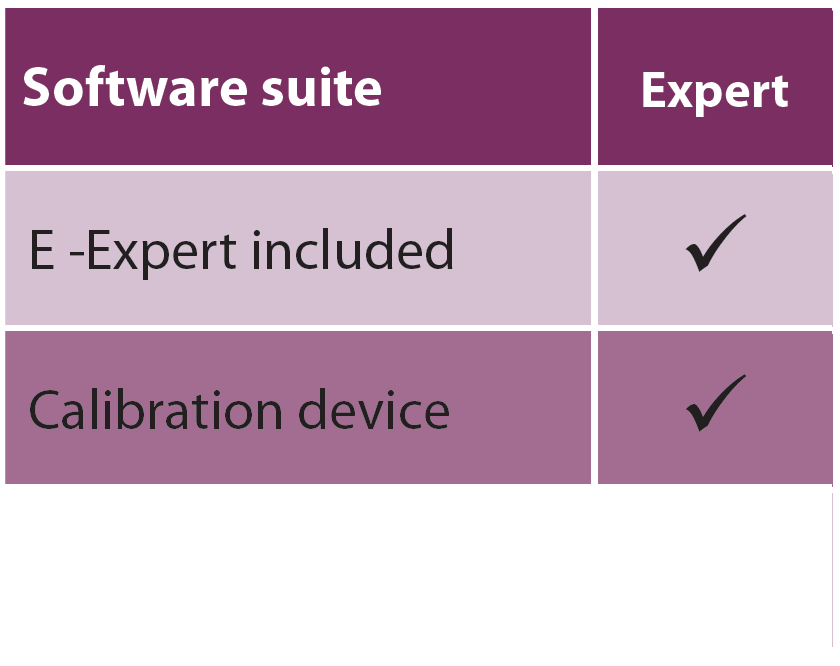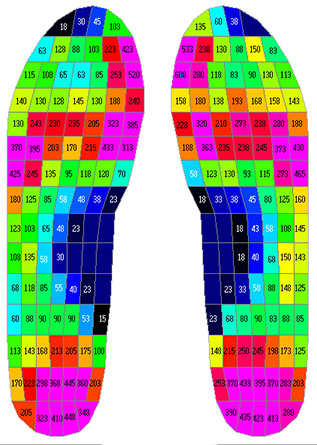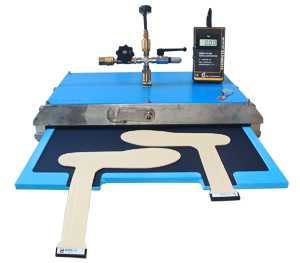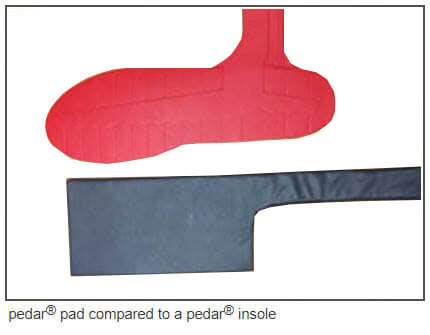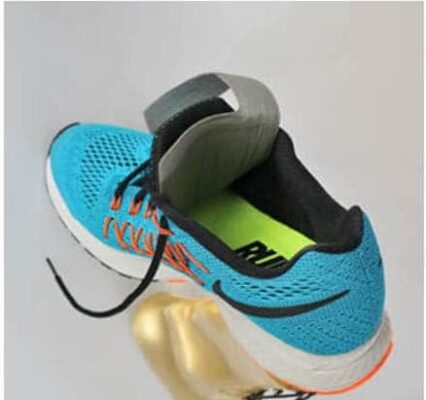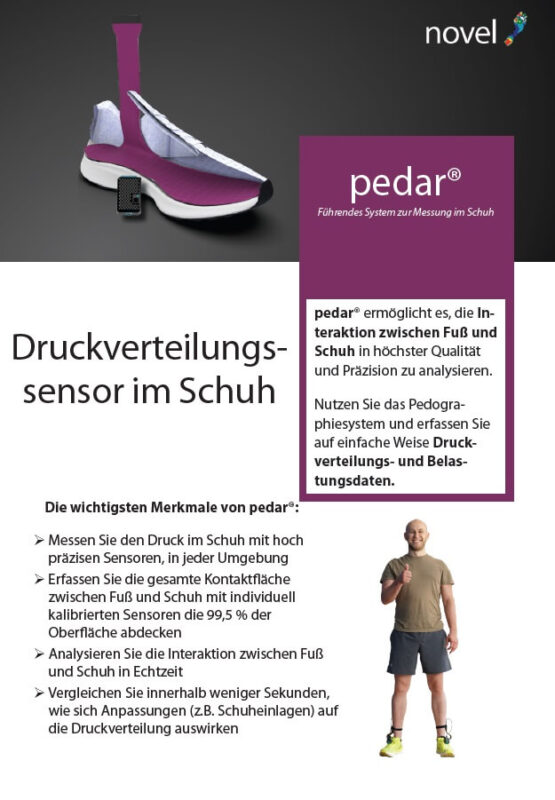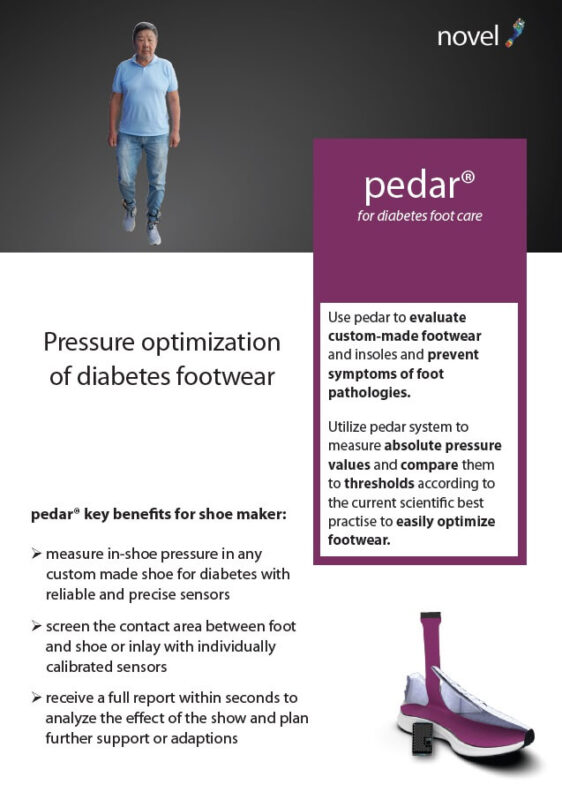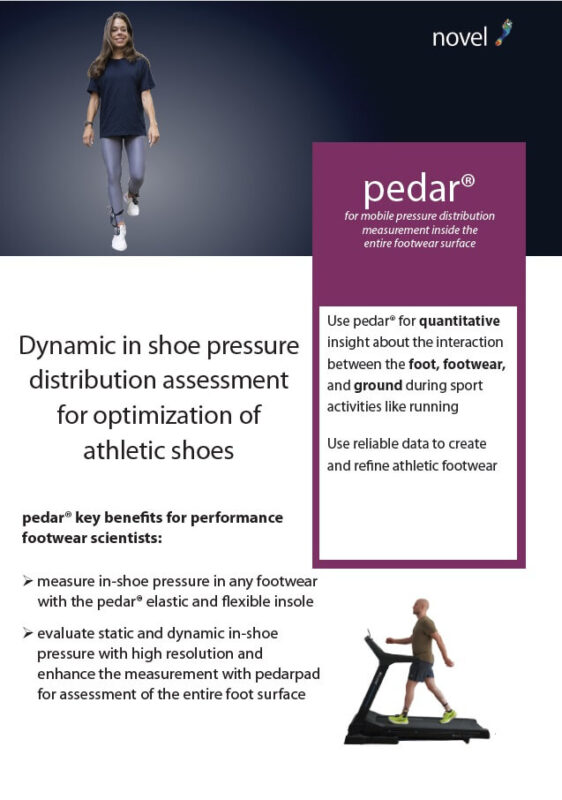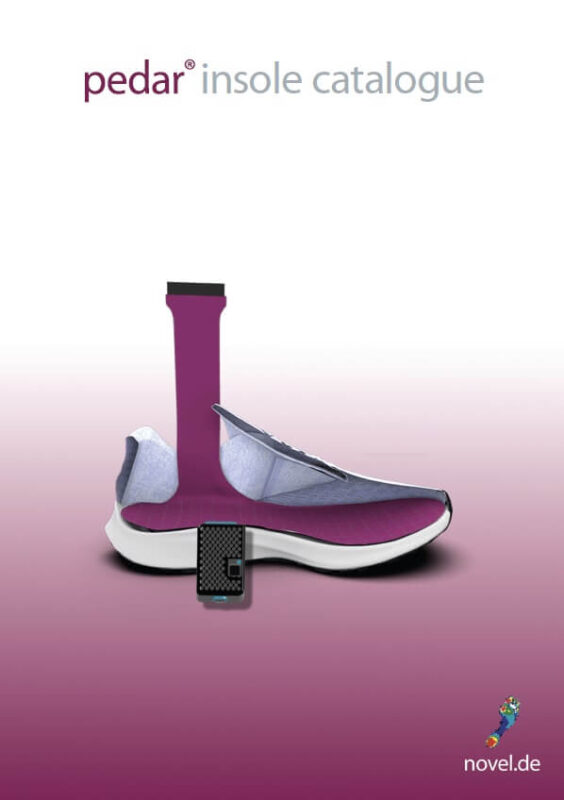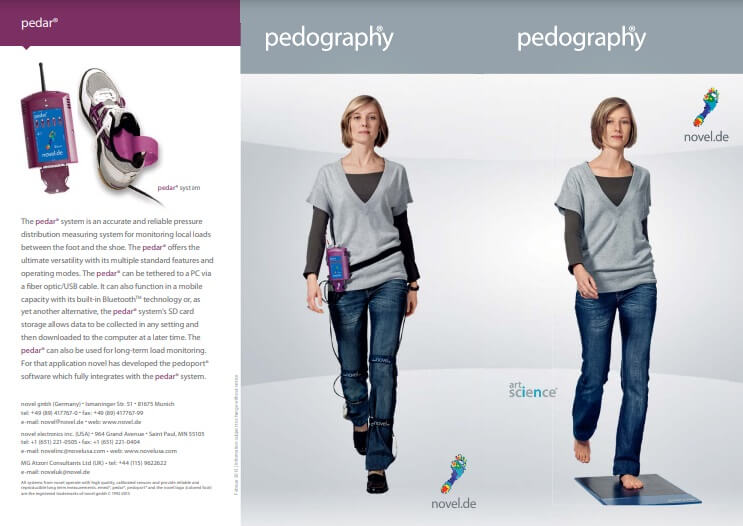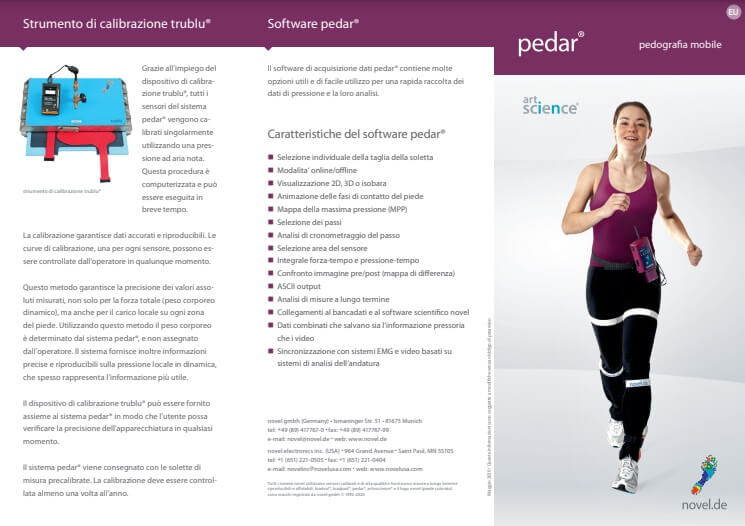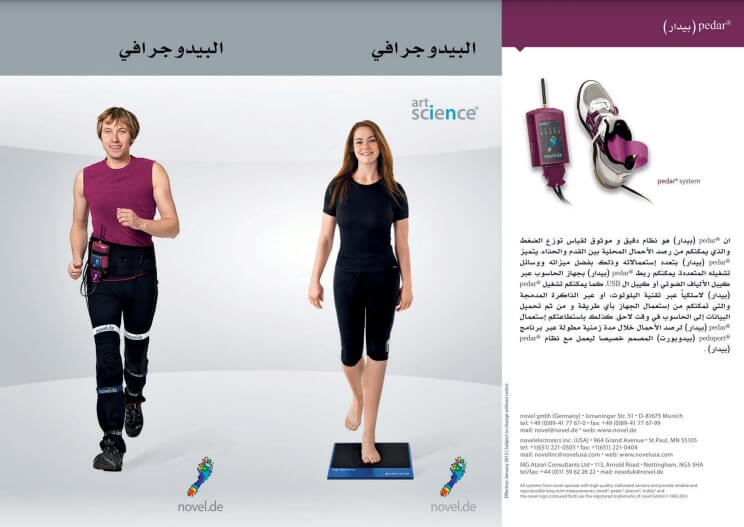pedar®: Dynamic pressure distribution inside the footwear.
The pedar system is an accurate and reliable pressure distribution measuring system for monitoring local loads between the foot and the shoe. The pedar offers the ultimate versatility with its multiple standard features and operating modes. The pedar utilizes the plidar electronics. The plidar transmits the pressure data via WiFi to the computer, where it is displayed real time. It can also store data on-board with 32 GB memory.
54g of pure efficiency
The system is a tiny, lightweight and easy to use system with:
- only 54g matchbox size electronics
- scans 99 sensors at 400 Hz
- set up time < 1 min, including mounting the sensors on subject
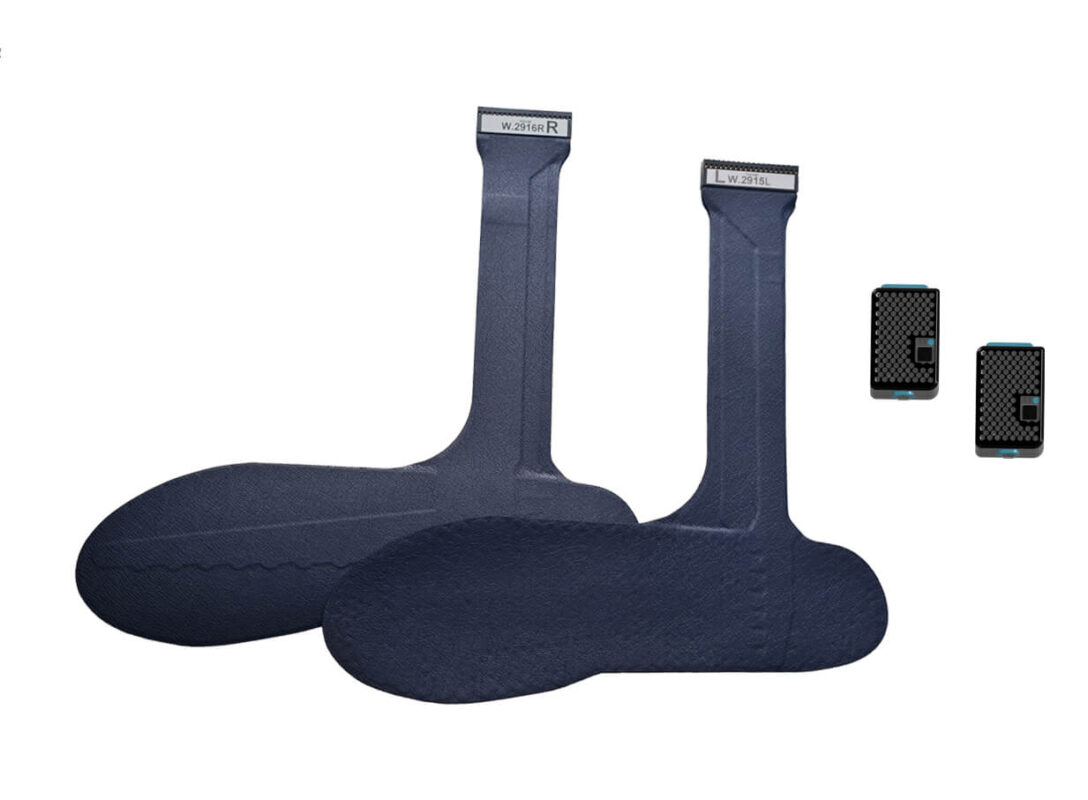
All of these features make the pedar system extremely mobile and flexible to meet virtually all testing needs such as walking, running, climbing stairs, carrying loads, playing soccer, or even riding a bicycle. The results are therefore more relevant to real-life.
The pedar system connects to highly conforming, elastic sensor insoles that cover the entire plantar surface of the foot, or to sensor pads for the dorsal, medial or lateral areas of the foot.
The pedar sensors use capacitive technology – known to provide the best accuracy for pressure measurement on the human body. The pedar system allows multiple synchronisation options to be used i.e. with video systems for gait analysis.
Applications of pedar system:
- Footwear shoe research and design: It helps optimize footwear design by providing real-time, detailed pressure distribution data to improve comfort, performance, and injury prevention
- Diabetic Foot Care: It helps in monitoring and managing foot health in diabetic patients, particularly those with neuropathy, by identifying high-pressure areas that could lead to ulcers.
- Orthopedic Assessments: Used to evaluate and treat conditions like flat feet, plantar fasciitis, and other musculoskeletal disorders by analyzing pressure distribution and gait patterns.
- Post-Surgical Rehabilitation: Assists in tracking recovery progress and ensuring proper load distribution during rehabilitation after surgeries such as knee or hip replacements.
- Sports Medicine and biomechanincs: Helps in optimizing athletic performance and preventing injuries by analyzing foot mechanics during various sports activities.
- Prosthetics and Orthotics: Used to design and adjust prosthetic limbs and orthotic devices to ensure proper fit and function, improving patient comfort and mobility.
- Pediatric Assessments: Assists in diagnosing and treating pediatric foot conditions, ensuring proper development and preventing future issues.
- kinetic analysis of free gait in biomechanics
